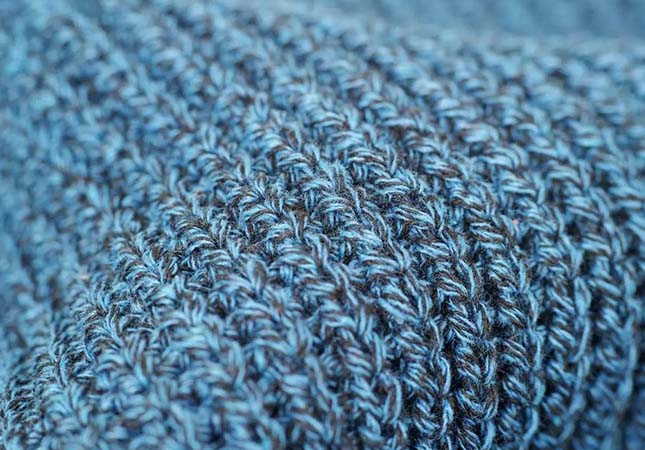Static electricity can have a detrimental impact on the quality of woven fabrics during the production process. It can also hinder the dyeing and finishing of fabrics. Operators working with weaving machine frequently experience electric shocks when they come into contact with dry cloth, furthermore, static electricity can even affect our everyday clothing, leading to physical discomfort.

To combat static electricity, various methods can be employed. Generally, static electricity arises from the complex interplay between charge generation and dissipation processes (such as corona discharge and electrostatic leakage). The actual level of electrostatic charge occurs when these opposing processes reach equilibrium. Anti-static measures for fabrics involve reducing the generation of electric charges, facilitating the leakage of electric charges, and neutralizing the generated electrostatic charge.
1. One effective method to counter static electricity is by incorporating anti-static agents during the yarn or fabric finishing process. This approach is suitable for various types of fiber materials. The anti-static agents work by reducing the friction coefficient between fibers, enhancing fiber hygroscopicity, or ionizing the fiber surface. This, in turn, reduces static generation. The anti-static agent is applied to the fiber or fabric through processes like padding, dipping, or baking.
Anti-static agents can be categorized into cationic, anionic, and nonionic types based on their ionic properties. Cationic agents exhibit the best anti-static effect, while anionic agents offer superior durability. Nonionic agents, on the other hand, are the most commonly used due to their versatility. This method is straightforward to implement and comes with a low cost. It is particularly useful for eliminating electrostatic interference during textile processing. Furthermore, it imparts additional benefits to the treated fabrics, such as moisture absorption, resistance to staining, and prevention of dust accumulation.
2. Another approach to impart anti-static properties to fibers is through blending, copolymerization, or graft modification techniques. Synthetic fibers, in particular, often have limited electrical conductivity. To enhance their anti-static capabilities, hydrophilic monomers or polymers can be added to the fiber-forming polymers, thereby improving their moisture absorption. This method shares similar advantages and disadvantages as fabric surface treatment.
Alternatively, the hygroscopicity and anti-static properties of fibers can be improved by copolymerization or graft polymerization. Hydrophilic polar monomers can be polymerized onto the backbone of hydrophobic synthetic fibers, such as embedding polyethylene glycol in PET macromolecules.
This method allows the fabrics to maintain their original style and mechanical properties to a greater extent while providing long-lasting anti-static properties with resistance to washing. However, it should be noted that the alkali resistance of the modified fibers may be poor, and the process itself tends to be more expensive.
3. An effective method to address static electricity issues during the weaving and spinning process is by incorporating a small amount of conductive staple fibers. This technique enables the production of anti-static yarns, which can significantly reduce or eliminate static electricity problems. Conductive fibers used for this purpose include metal fibers (such as stainless steel, copper, and aluminum fibers), carbon fibers, and organic conductive fibers. Among these options, organic conductive fibers are predominantly utilized in the development of anti-static blended yarns available in the current market.
This method offers excellent resistance to washing, friction, heat, and light, making it highly durable regardless of changes in ambient temperature and humidity. It is increasingly being developed and applied in various applications. However, when utilizing conductive fibers to create anti-static fabrics, certain considerations must be taken into account. The cost of these fibers is generally high, and they tend to be available in dark colors, which can impact the dyeing process and overall aesthetics of the fabrics.
Currently, anti-static fabrics have achieved notable results, but they still possess some inherent limitations in production. While the finished fabrics exhibit anti-static properties, there may be compromises in terms of their feel, whiteness, and breathability, affecting overall comfort. Additionally, the anti-static performance of these fabrics may not be long-lasting, highlighting the need for ongoing research in the field of fabric manufacturing to improve the anti-static properties of textiles.
SUNTECH Textile Machinery has the range of products encompasses almost all fabric types, including but not limited to pinking machine, loom machine, weaving machine, beam truck, fabric cutting machine, motorized beam trolley, beam storage, and fabric inspection machine. SUNTECH Textile Machinery continues to lead the textile industry with its innovative approach and extensive experience. We welcomes quotes and cooperation opportunities with open arms!




